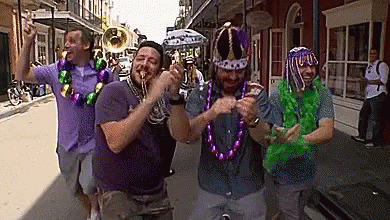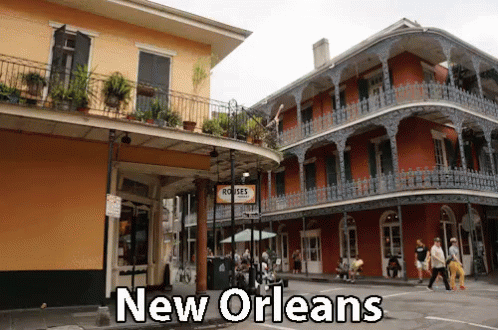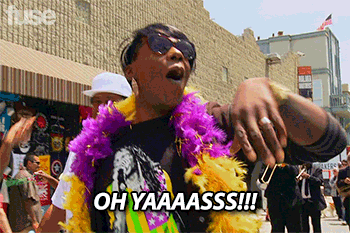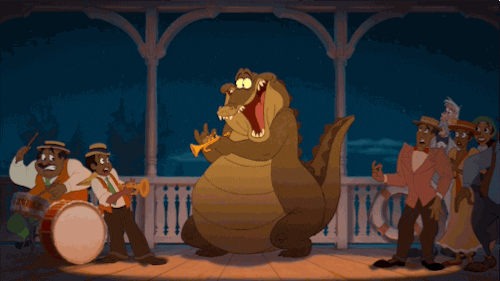Let’s get one thing straight right out the gate: New Orleans should not exist.
Geographically speaking, it is a deeply ill-advised city. It was built on a mosquito-infested swamp, below sea level, in the path of hurricanes, on land that is actively trying to sink itself into the Gulf of Mexico like a drunk ghost giving up on existence.
And yet.
It is one of the most magical, chaotic, delicious, music-saturated, joy-soaked places in the world. It’s like someone dared the universe to create a city that feels like jazz sounds—and somehow, it worked.

In the Beginning, There Was Water (And Probably Some Very Confused Settlers)
In 1718, a bunch of French colonizers showed up and said, “What if we built a city right here on this wet patch of doom?” And instead of someone saying, “That seems bad,” they went full chaos mode and started construction.
They named it La Nouvelle-Orléans, after the Duke of Orléans, who was busy being fancy and oblivious in France. (This is a recurring theme.)
Over the years, France handed New Orleans to Spain, who handed it back to France, who then sold it to the U.S. in the Louisiana Purchase of 1803, because Napoleon needed cash and didn’t care about gumbo. (His loss.)
This cultural hot potato-ing resulted in a mashup of French, Spanish, African, Caribbean, and Indigenous cultures, which is why walking around New Orleans feels like you accidentally stepped into an opera set in a rum-soaked dreamscape.

New Orleans: Home of Music, Mischief, and Deep Fried Glory
Fast-forward through some war stuff (War of 1812, Civil War, probably at least one duel involving a glove slap), and you get a city that has absolutely zero chill and all the rhythm.
New Orleans is the birthplace of jazz, aka America’s only original art form that doesn’t involve questionable hot dog technology. It gave us Louis Armstrong, second lines, brass bands, and the spiritual experience that is hearing a trumpet solo while eating beignets at 2am.
And the food? Holy mother of étouffée. You’ve got Creole and Cajun cuisine, which are like culinary love letters written by people who believe in seasoning, butter, and not apologizing for either. Gumbo, jambalaya, po’boys, crawfish—everything is spicy, saucy, and potentially life-altering.

A Resilient, Raucous, Heartbreaking, Unkillable Place
You can’t talk about New Orleans without talking about Hurricane Katrina. In 2005, the levees broke, the city flooded, and the government failed in ways that still cause rage-induced ulcers.
But the people of New Orleans? They didn’t give up. They rebuilt. They protested. They made music in the wreckage and cooked meals for their neighbors and threw beads off porches because survival, here, is both an act of resistance and celebration.
This city does not die quietly. It dances through disaster. It feeds people during grief. It wears sequins to the grocery store.

Final Thoughts:
New Orleans is a contradiction with a brass band soundtrack. It’s haunted and alive, decadent and crumbling, elegant and deeply weird. It shouldn’t exist—and yet, it insists on thriving.
And thank whatever swamp gods you believe in for that.











